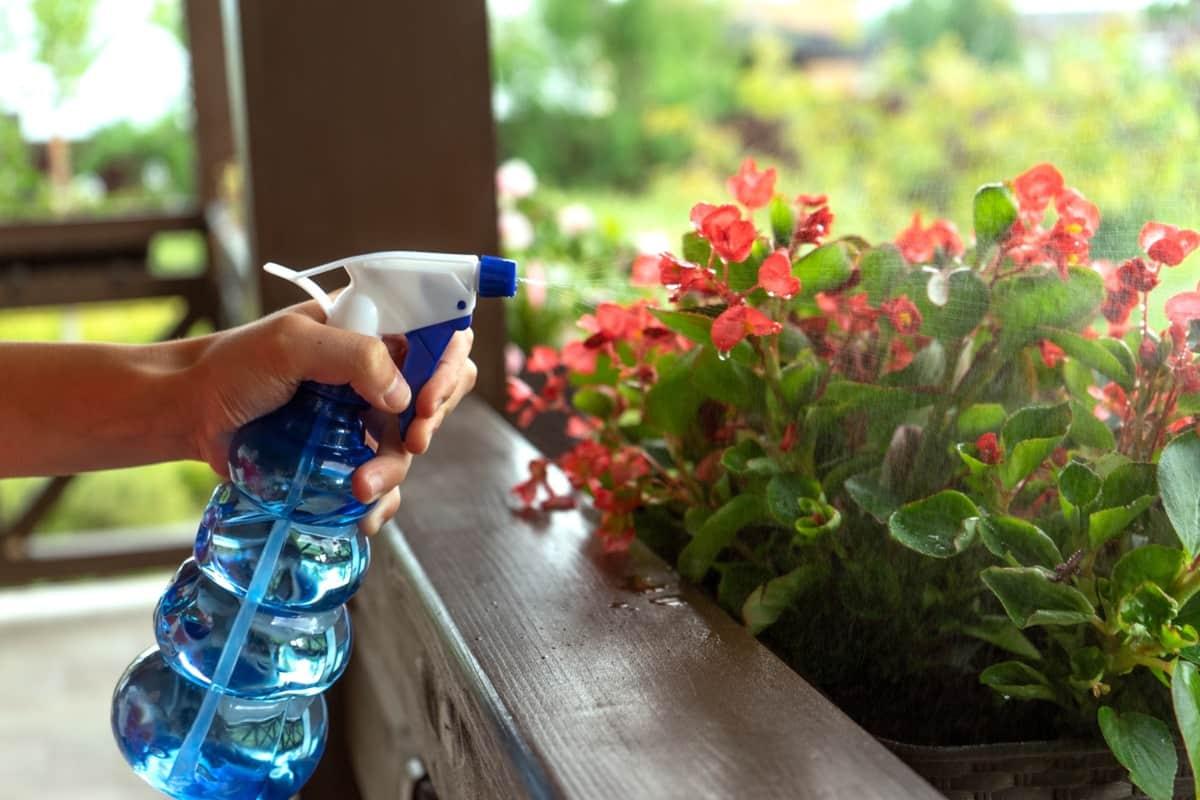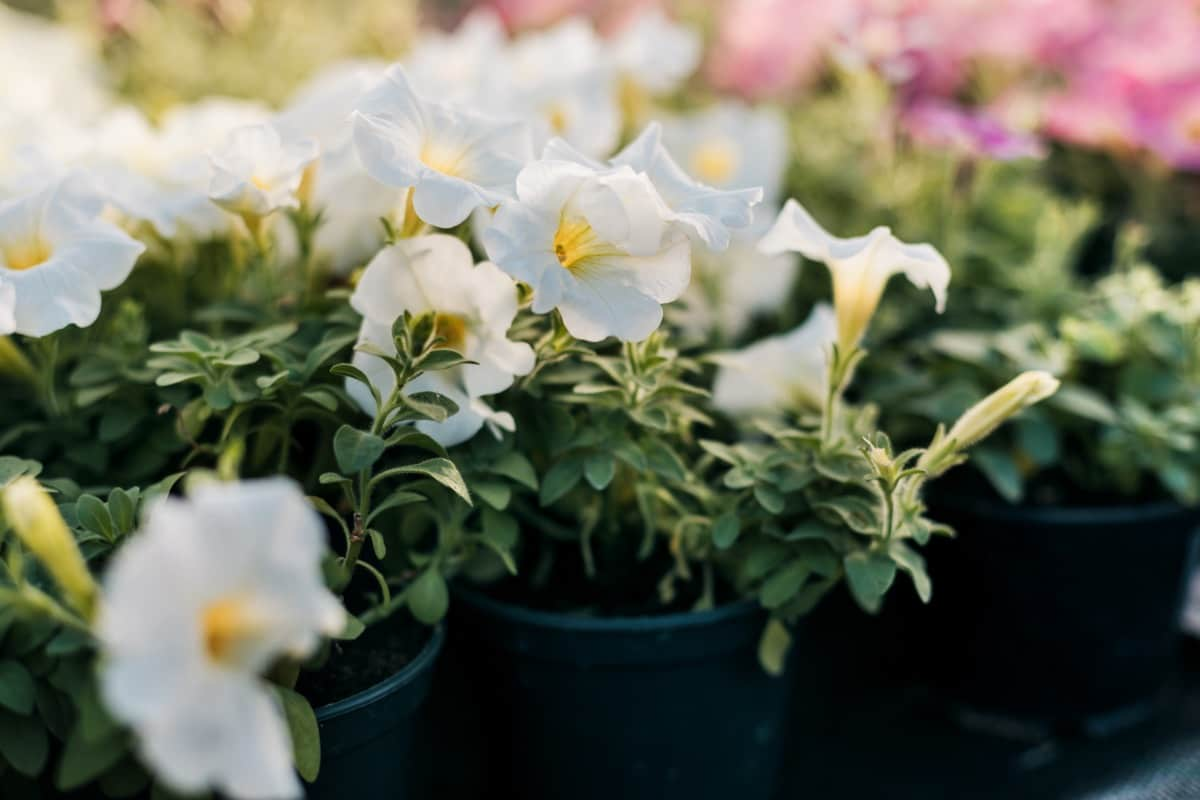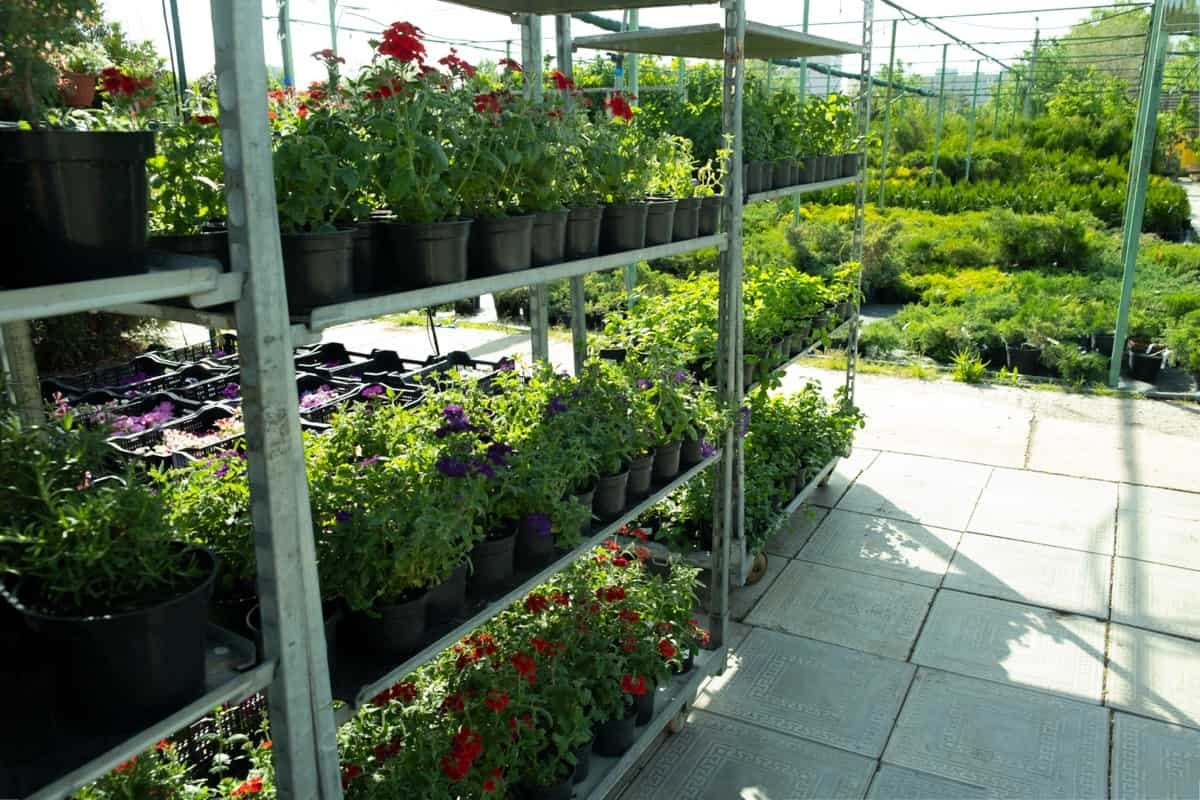Container gardening is an excellent way for beginners to experiment with landscaping without the commitment of permanent installations. Using pots and other containers, you can easily create a visually stunning, functional, and adaptable garden. This article will walk you through a step-by-step guide to designing and maintaining a beautiful container garden landscape. Below we learn cheap and creative container gardening landscaping ideas and plant combination ideas for container gardening.

Container Gardening Landscaping Ideas
Choose the Right Containers
- Material: Containers can be made from plastic, ceramic, terracotta, wood, or metal. Each has its pros and cons. For example, plastic containers are lightweight and affordable, while ceramic and terracotta pots are more durable and provide better insulation for plant roots.
- Size: Pick a size that suits your plant’s needs. Smaller containers are ideal for herbs, while larger pots accommodate shrubs and small trees.
- Drainage: Ensure your containers have proper drainage holes to prevent root rot.
- Aesthetic appeal: Choose containers that complement your garden’s theme and style. You can also use unconventional items like repurposed wheelbarrows, old buckets, or even boots as containers.
Select Suitable Plants
- Light requirements: Ensure that your chosen plants receive adequate sunlight according to their needs.
- Climate: Choose plants that can tolerate the climate in your area. Consider factors like temperature, humidity, and rainfall.
- Growth habits: Select plants with various growth habits (upright, trailing, mounding) to create visual interest.
- Color palette: Choose plants with different foliage and flower colors to create a harmonious and vibrant landscape.
- Size: Opt for plants that won’t outgrow their containers too quickly.
- Some popular container plants include petunias, geraniums, begonias, herbs like basil and mint, succulents, and small shrubs.
Design Your Container Garden
- Group containers: Arrange containers in groups to create focal points and add visual interest. Vary the size and height of containers for a dynamic display.
- Use repetition: Repeating elements like container materials, plant types, or colors can create a sense of harmony and cohesion in your garden.
- Layering: Arrange plants with different heights and textures to create depth and dimension. Place shorter plants in front and taller ones in rear.
- Balance: Create balance by distributing plants and containers evenly throughout the garden. Avoid clustering all elements in one area.
- Contrast: Use contrasting colors and textures to create visual interest. Combine smooth, shiny foliage with rough, matte leaves, or pair bold, bright flowers with delicate, pastel blooms.
Prepare Your Containers
- Clean: Wash and disinfect used containers to remove any pathogens or pests.
- Add drainage material: Place a layer of small stones, broken terracotta, or perlite at the bottom of the container to facilitate drainage.
- Fill with potting mix: Use a high-quality, well-draining mix to fill your containers. Avoid using garden soil, which may contain pests or diseases and not drain well.
In case you missed it: Gardening Tips for Seniors: Explained in 10 Simple Steps

Plant Your Containers
- Water plants: Thoroughly water your plants before transplanting them to reduce transplant shock.
- Position plants: Place your plants in the container according to your design plan. Consider their mature size and growth habits.
- Transplant: Carefully remove the plants from their nursery pots, loosen the root ball slightly, and place them in the container at the same depth they were previously growing. Gently fill the space around the roots with potting mix, ensuring no air pockets.
- Water and fertilize: Water pots well after planting to settle the potting mix around the roots. Apply a slow-release fertilizer or liquid fertilizer according to the product’s instructions.
Provide Proper Care and Maintenance
Watering: Watering frequency depends on plant type, container size, potting mix, and weather conditions. As a general rule, check the moisture level of the potting mix daily by sticking your finger an inch into the soil. Water if it’s dry. Water gently and deeply to reach the roots. Wet foliage causes diseases. Water until the root zone is saturated. Early morning or evening watering reduces evaporation and maximises root absorption.
- Fertilizing: Following the product’s guidelines, feed your plants with the appropriate fertilizer for their needs. Container plants may require more frequent fertilization since nutrients can be washed away with each watering.
- Pruning: Regularly prune your plants to maintain their shape, size, and health. Remove dead, damaged, or diseased foliage, and pinch back leggy growth to encourage bushiness.
- Repotting: As your plants grow, they may outgrow their containers. Monitor their growth and repot them into larger containers as needed.
- Pest and disease management: Inspect your plants on a regular basis for any symptoms of diseases or pests, and if you find any, treat them as soon as possible using the proper means, such as cultural controls or organic insecticides.
Experiment with Seasonal Changes
One of the advantages of planting in containers is the flexibility it provides throughout the year in terms of modifying the look of one’s garden. Experiment with seasonal plants and decorations to keep your garden fresh and interesting:
- Seasonal plants: Swap out plants as the seasons change to maintain visual interest. For example, replace summer annuals with fall-blooming plants like chrysanthemums or ornamental kale.
- Holiday decorations: Add festive touches to your container garden during holidays, such as pumpkins for Halloween, evergreen boughs for Christmas, or colorful ribbons for Easter.
- Themed gardens: Create themed container gardens to celebrate specific occasions, like a patriotic display for the Fourth of July or a butterfly garden to support pollinators.
In case you missed it: Best 18 Tips for Vegetable Gardening in Small Spaces

Conclusion
Container gardening offers endless possibilities for beginners looking to dip their toes into landscaping. With proper planning, selection of suitable containers and plants, and diligent care and maintenance, you can create a stunning container garden landscape that is both functional and visually appealing.
- Feed Your Flock for Less: Top 10 Tips to Save on Chicken Feed
- Ultimate Guide to Ossabaw Island Hog: Breeding, Raising, Diet, and Care
- Hatching Answers: The Top 10 Reasons Your Chickens Aren’t Laying Eggs
- Eggs and Economics: Breaking Down the Cost of Raising Backyard Chickens
- Defend Your Greens: Proven Methods to Keep Iguanas Out of Your Garden
- Ultimate Guide to Cinnamon Queen Chicken: A Comprehensive Guide for Beginners
- Ultimate Guide to California Tan Chicken: Breeding, Raising, Diet, Egg-Production and Care
- Ultimate Guide to Marsh Daisy Chicken: Breeding, Raising, Diet, and Care
- 10 Types of Chicken Farming Businesses You Can Start for Profits